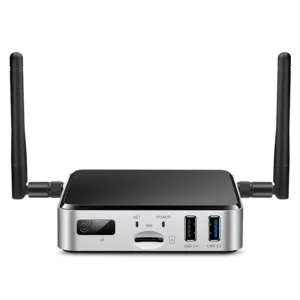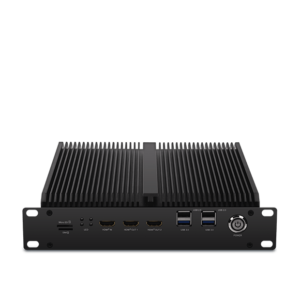AI on Edge Devices vs. Cloud AI: Professionals and Cons
AI on Edge Devices vs. Cloud AI: Professionals and Cons
Blog Article
A Extensive Manual to Deploying AI on Edge Devices
Real-World Applications of AI on Side Products
Artificial intelligence (AI) is no longer confined to the realm of big, centralized information centers. As a result of advancements in technology, side products today enjoy an integral role in deploying AI right where knowledge is generated. But what does AI on side products mean, and why is it producing this type of news? Here, we'll explore how embedded edge ai operates in real life through side units and learn their wide variety of sensible applications.

What is AI on Edge Devices?
AI on edge devices refers to deploying artificial intelligence calculations on units like smartphones, cameras, drones, or IoT sensors. They do not want access to centralized machines for running information; instead, they perform evaluation and decisions domestically, creating the procedure faster, more effective, and frequently more secure.
The "edge" here merely refers to computing done near to or at the source of data technology, rather than depending on the cloud. That shift is driven by the requirements for real-time knowledge handling and the necessity to minimize latency, enhance privacy, and reduce bandwidth usage.
Critical Real-World Programs of Edge AI
1. Intelligent Security
AI-powered cameras built with facial acceptance, motion detection, and anomaly recognition are transforming security systems. Side products in this domain can analyze movie streams in real-time to recognize suspicious activities, remove false alarms, and improve community safety. Like, AI algorithms can find uncommon movements and attentive authorities quickly without the need to send video information to a central machine for analysis.
2. Healthcare Tracking
Wearable products and portable medical equipment are leveraging m.2 ai accelerator for controlling wellness information more efficiently. Edge-based AI in units like wellness trackers and smartwatches monitors users' vitals, such as for example heartrate, air degrees, or blood stress, in real-time. These programs analyze information domestically and give instantaneous feedback, paving the way for quicker intervention during emergencies.
Beyond wearables, sophisticated medical imaging products designed with on-device AI may find signs of conditions like cancer, allowing earlier diagnoses even in distant areas without internet connectivity.
3. Autonomous Vehicles
Self-driving cars are among the most well-known types of edge AI in action. With receptors, cameras, and LiDAR programs helping as data options, AI computations take place onboard these cars to make split-second decisions. From finding pedestrians and obstacles to moving town streets, edge AI ensures that the automobile runs reliably and efficiently. The real-time processing capability of edge products eliminates the dependence on high-latency cloud programs, ensuring security in life-critical scenarios.
4. Retail Analytics
Side devices in retail environments are supporting companies analyze consumer behavior. Clever cabinets and AI-equipped cameras may find client choices, monitor catalog, and also modify in-store experiences in real time. The info produced from these units assists shops make informed choices, increase client satisfaction, and enhance stock management.

5. Industrial IoT
Factories and professional flowers are adopting side AI to revolutionize their checking and automation processes. AI-powered sensors on machinery identify possible errors a long time before they cause costly failures. Predictive maintenance driven by side AI reduces downtime, increases output, and assures security on the manufacturing floor.
6. Individualized Activities in Consumer Units
Your smartphone is a primary example of how edge AI personalizes consumer experiences. Functions such as style assistants, flexible camera settings, and on-device language interpretation use real-time AI to answer consumer needs without sending painful and sensitive knowledge to external servers. That fosters equally ease and solitude for the finish user.
The Rising Influence of Side AI
The use of AI on side devices remains to rise, pushed by industries' increasing need for low-latency, real-time computing, and higher data privacy. Their purposes are reshaping industries which range from healthcare and automotive to public safety and retail. By placing AI's energy nearer to where knowledge is produced, side units aren't only improving efficiency but also demonstrating the countless potential of development in the current attached world. Report this page